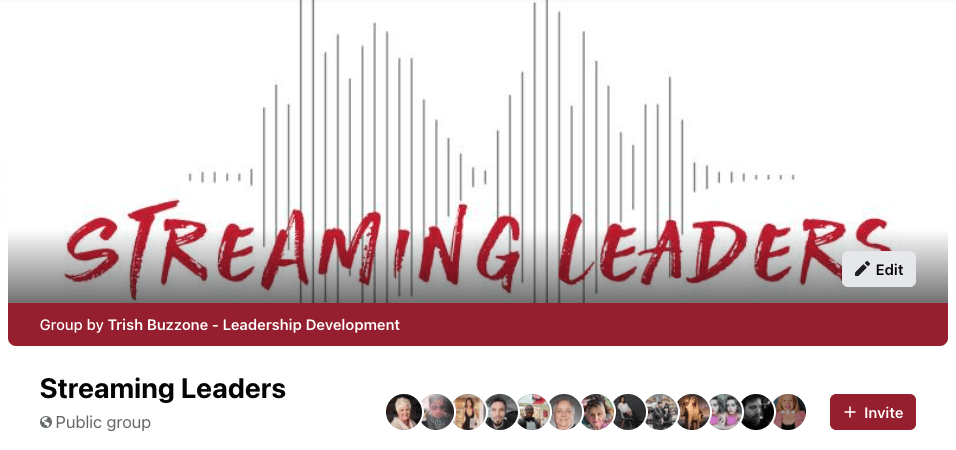In previous blogs, especially here, here and here, we’ve talked about what a leadership culture looks like on a team. An active leadership culture is not only an environment in which leadership is embraced and trusted, it is an environment in which the leaders are intentional about developing other leaders on their team.
A leadership culture is a culture other leaders are drawn to. They see leadership opportunities and expectations reflected in the hiring process, in employee development and in vision sharing. What does that look like? To answer that question, I’m going to review some points made by John Maxwell Companies CEO Mark Cole at a recent conference.
Mark offered several points describing what a leadership culture looks like. I’ve taken those descriptions and turned them into questions that will help every leader create an effective leadership culture on their team.
Do I project enthusiasm for the vision?
Our team will see, and often mirror, our level of enthusiasm. When we are negative and uninspired, we encourage negativity and fail to inspire. This isn’t as simple as flipping a switch, though, and our teams know when we’re faking. Instead of “trying” to be excited and inspiring, we see better results when we put ourselves in environments and connect ourselves with challenges that stir our passions.
That’s not to say we will feel positive and inspiring all the time. We all have “bad” days, times where we struggle, we feel overwhelmed or disconnected. In those times, it’s easy to let these feelings guide our choices. However, when we are willing to be authentic, and also responsible and empathetic, we create opportunities to connect with our team in new and deeper ways.
Is my focus totally forward?
When we get caught up worrying about yesterday’s mistakes or promoting yesterday’s successes, we are less able to invest in today or plan for tomorrow. As leaders, if we are hanging on to past accolades or “the way we used to” we hold ourselves and our people back, stunt the team’s growth potential, and miss out on today’s opportunities.
It’s a good idea to take time on a regular basis to consider what filters from our past may be clouding our current focus on today. Are there ideas or hurts, regrets or failures that are distracting our focus? If so, it’s well worth the time to take a moment, clear our mind and heart of these thoughts and shift our focus to what’s in front of us.
Are my team members free to fail?
Failure is not the enemy. It is one of life’s best learning tools. If you are not in danger of failing, you are also not in a position to succeed. Leadership cultures thrive best when everyone on the team is facing a challenge that stretches them, develops their skills and excites their heart. Because these pursuits, these challenges, matter, they have better potential to help us grow, as individuals and as a team.
A close-knit team will rise up when faced with the opportunity to succeed. They will work together to turn small, temporary failures into eventual success, each team member’s skill, talent and passion driving the vision forward. This will not happen in an environment in which people are taught to fear or feel shame in the face of failure.
Are our team members helping each other grow?
In an effective, contagious leadership culture, members of the team will challenge each other, encourage each other and strengthen each other. When all of us are connected with the vision, and when what we’re doing matters, we will strive to be our best and to encourage others to do the same. That expectation will encourage each member of the team to grow, personally and professionally.
Do any of these questions resonate with you? Which ones, and which questions would you add?
5 easy choices to enjoy a successful 2017
Successful leaders do five simple activities every day to help build a foundation for that success. John Maxwell calls this the “Rule of Five”, and he defines it this way:“The Rule of 5 is simply a series of activities you do every day that are fundamental to your...
How to get the most out of a mentor
While it’s difficult to overstate the importance of having the right mentor, just having a mentor is not enough. Mentoring is a relationship. The responsibility is a two-way street. The mid-80s blockbuster coming of age hit, “The Karate Kid” captures this message in...
Why personal growth requires a plan
Everyone wants to be the best version of themselves. Sometimes, when they don’t meet the standard they set for themselves, they begin to feel frustrated or depressed, struggling with the same challenges they faced yesterday. If you feel that way, you’re not alone....
How to hire the right mentor
Everyone “knows” they could benefit from having a mentor, or, better still, several mentors throughout their lives to help them learn key lessons at key moments of decision. A lot of times we make the mistake of believing our mentors will just come along, like Obi Wan...
See the path to success more clearly
For many aspiring leaders, it’s not ability, talent, opportunity or experience that hold them back. It’s thinking. How they think and what they think about. We want freedom to choose the right path in life and in business, and we want to be able to see that path as...
5 daily choices effective leaders make
Strong, effective leadership is a gift to any situation, and this is the impact you can have as you develop your ability to lead. Anyone--really, anyone at all--can become an effective leader. How can anyone, anywhere become an effective leader? Before we answer that...









0 Comments